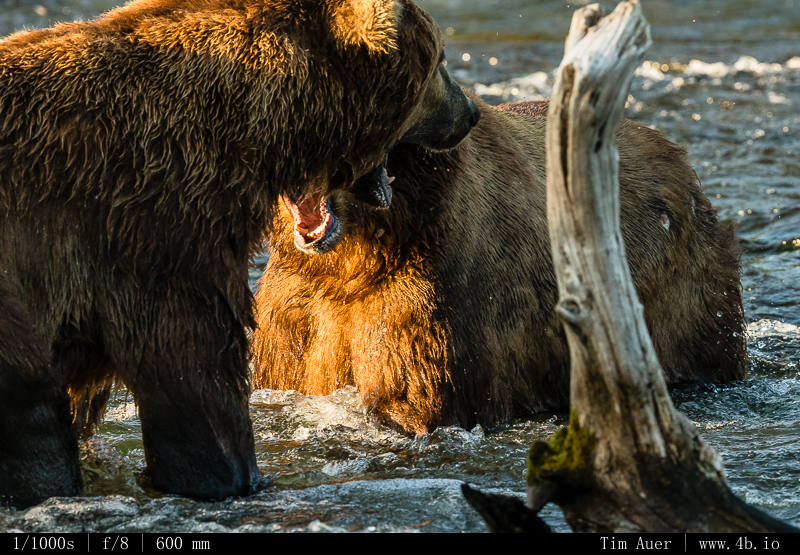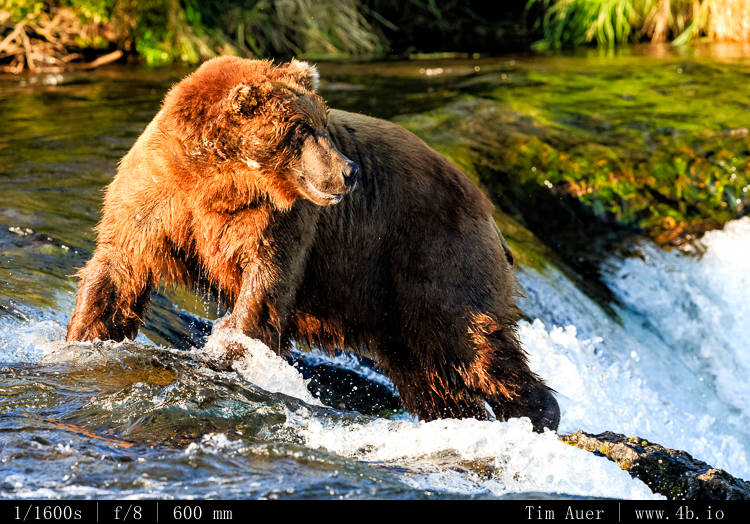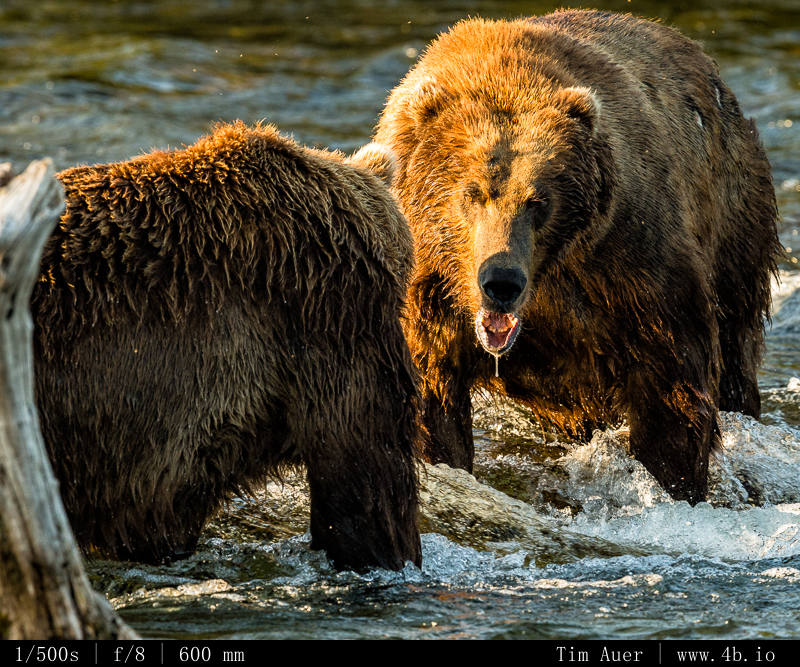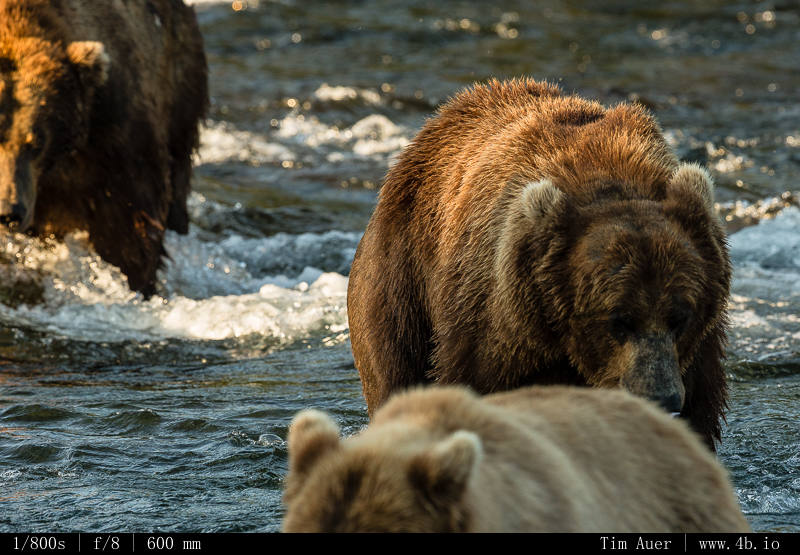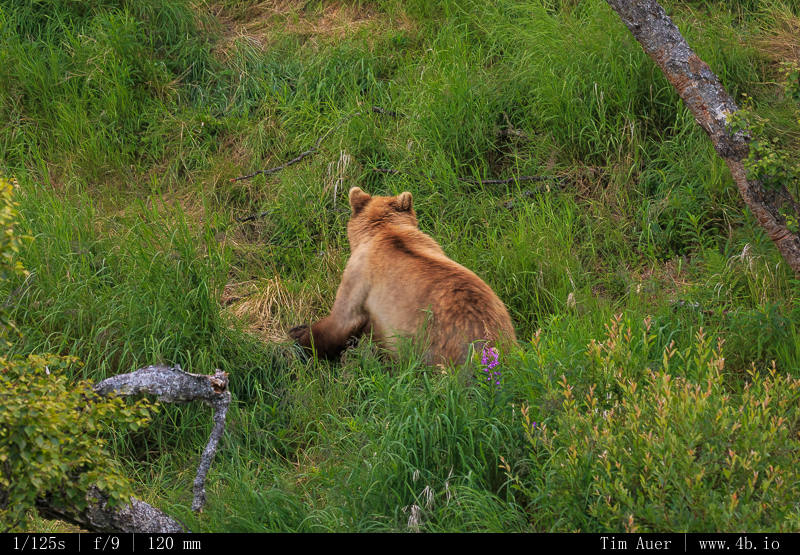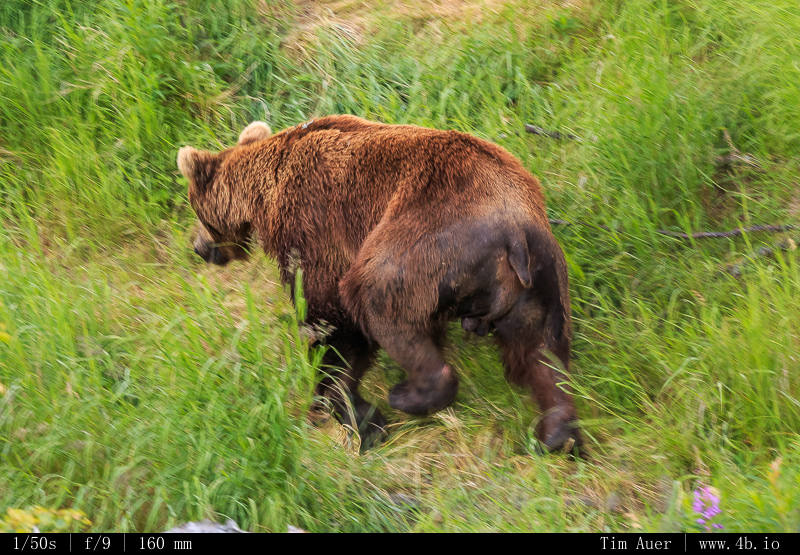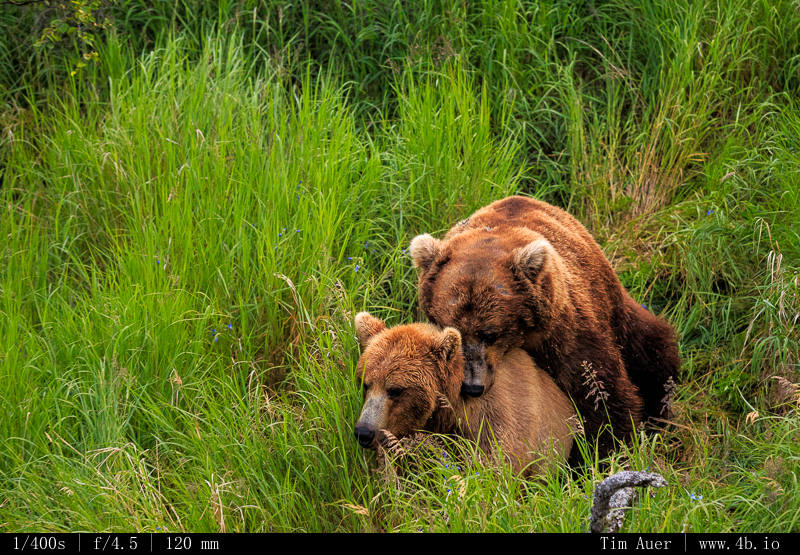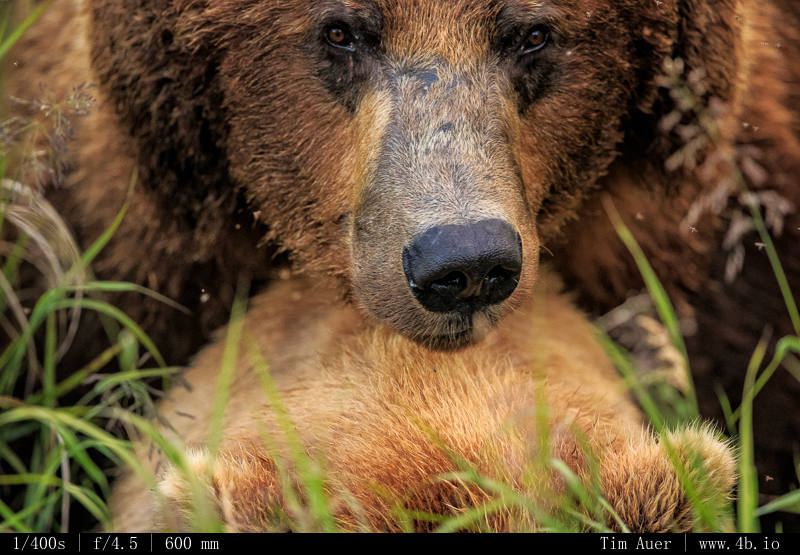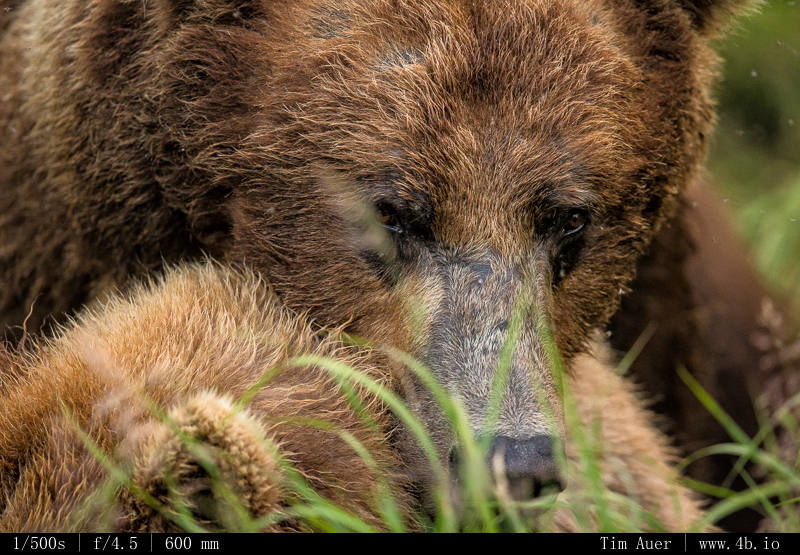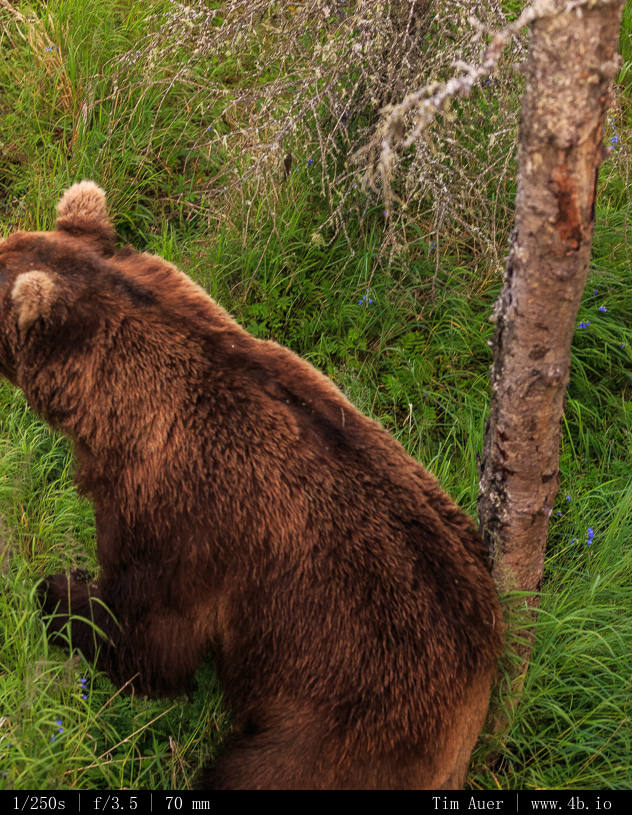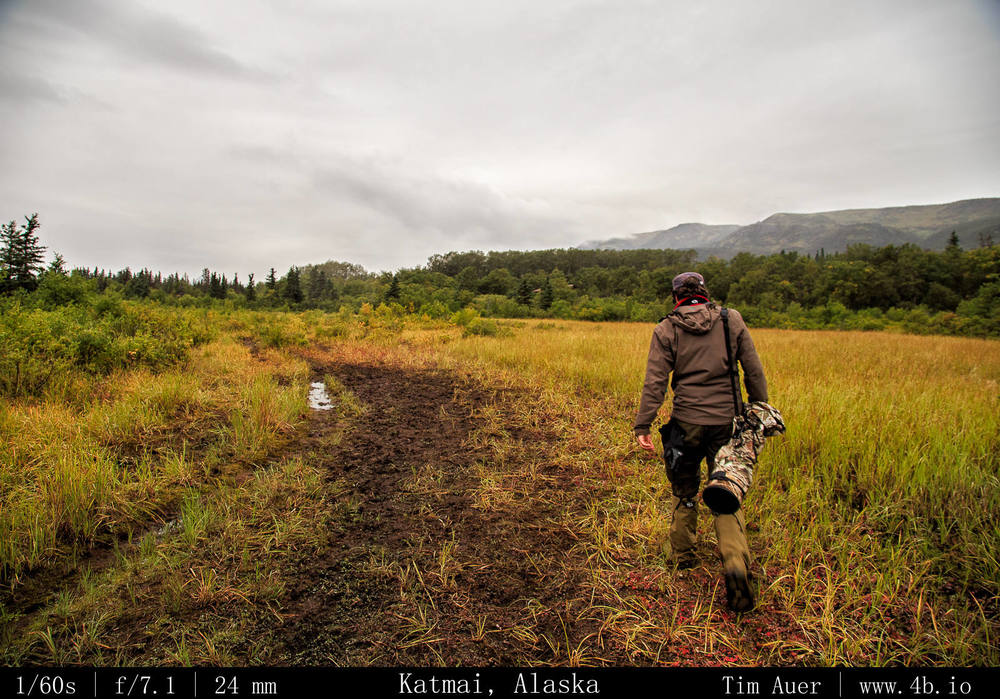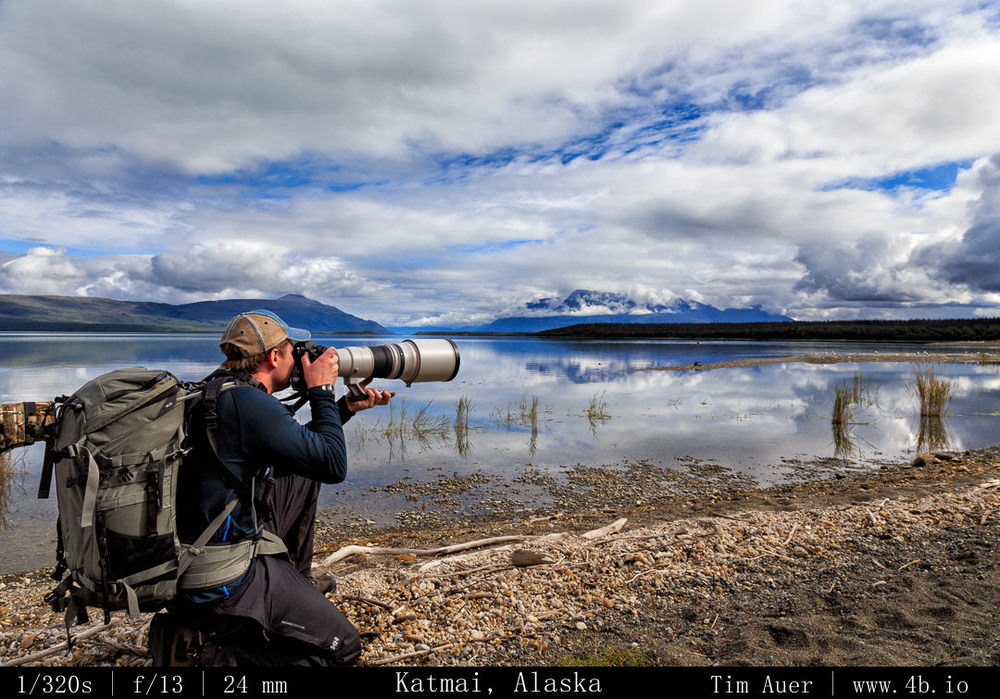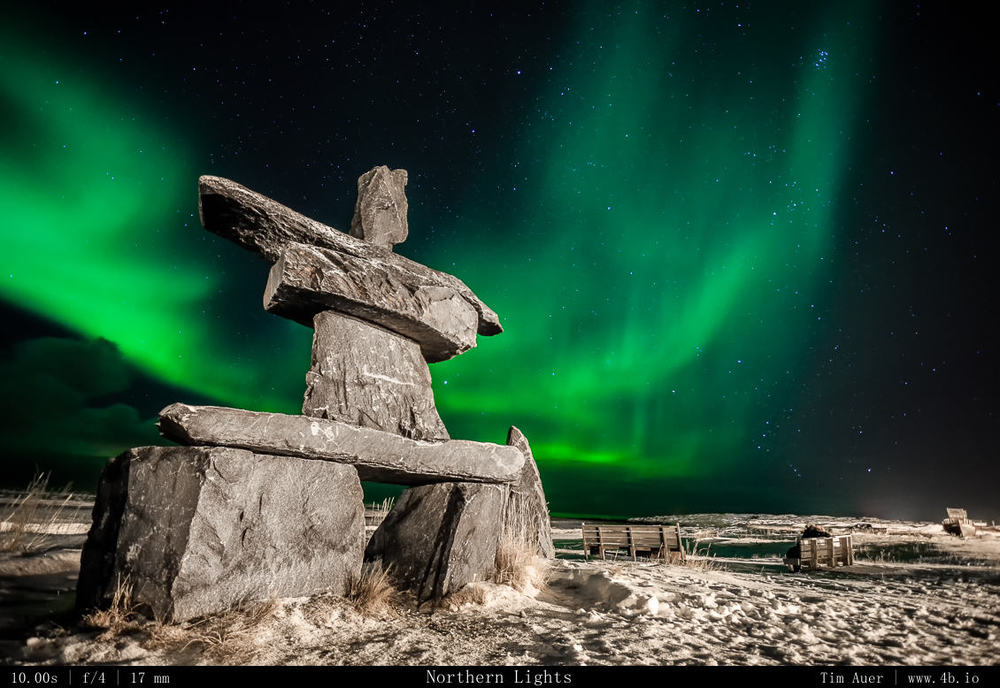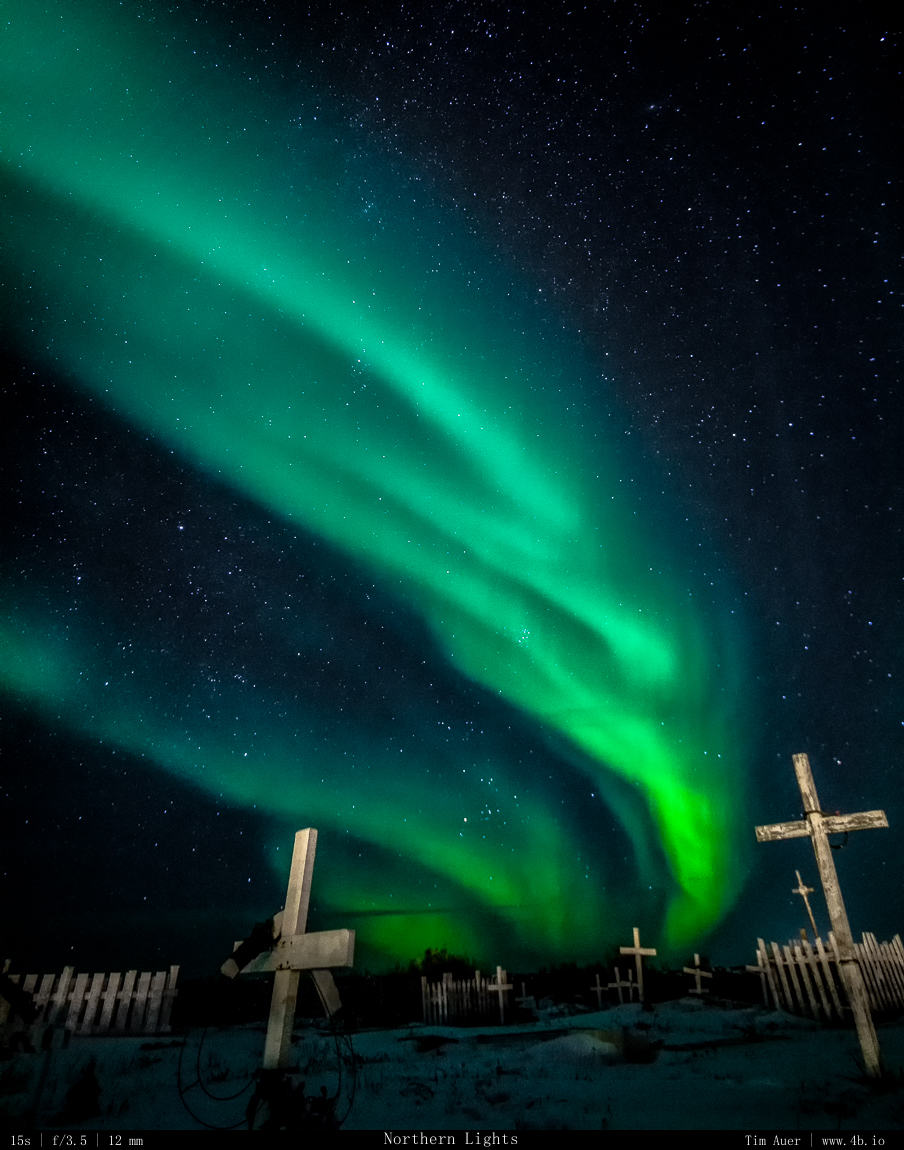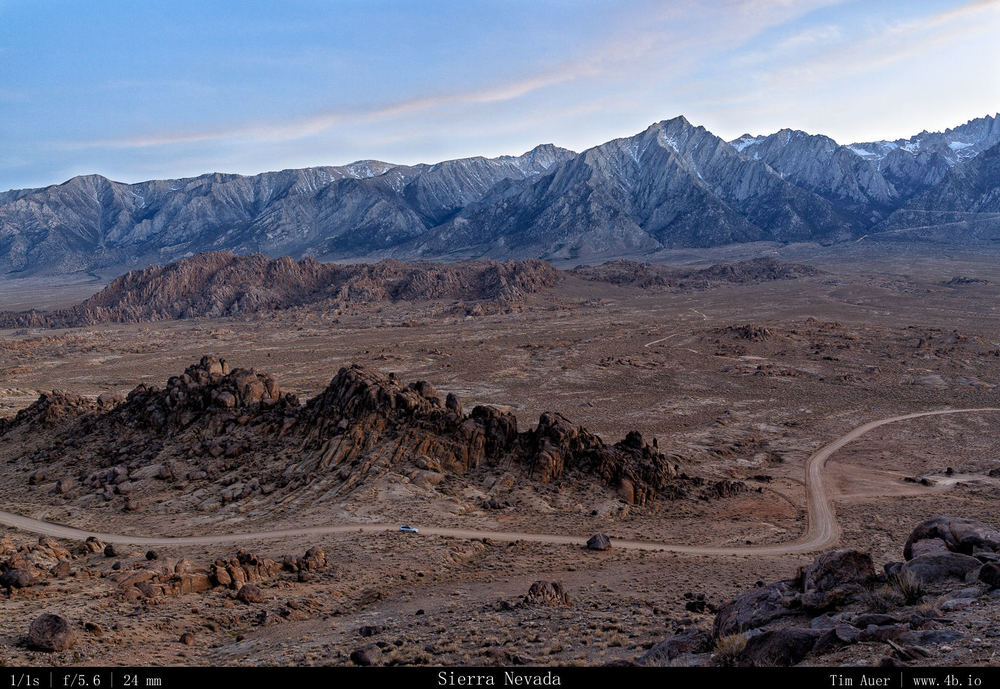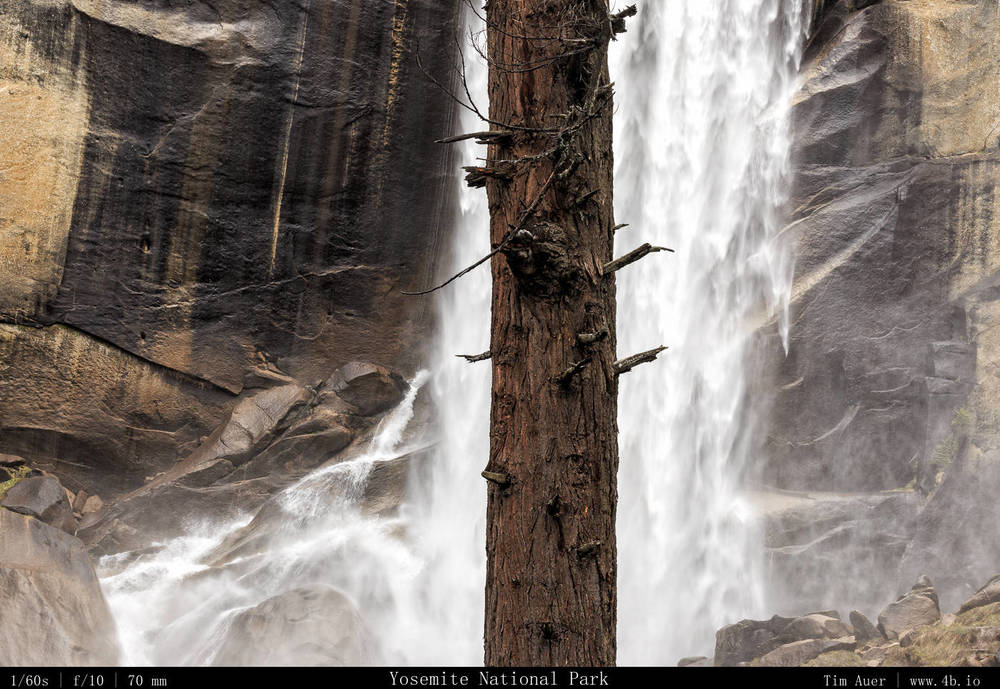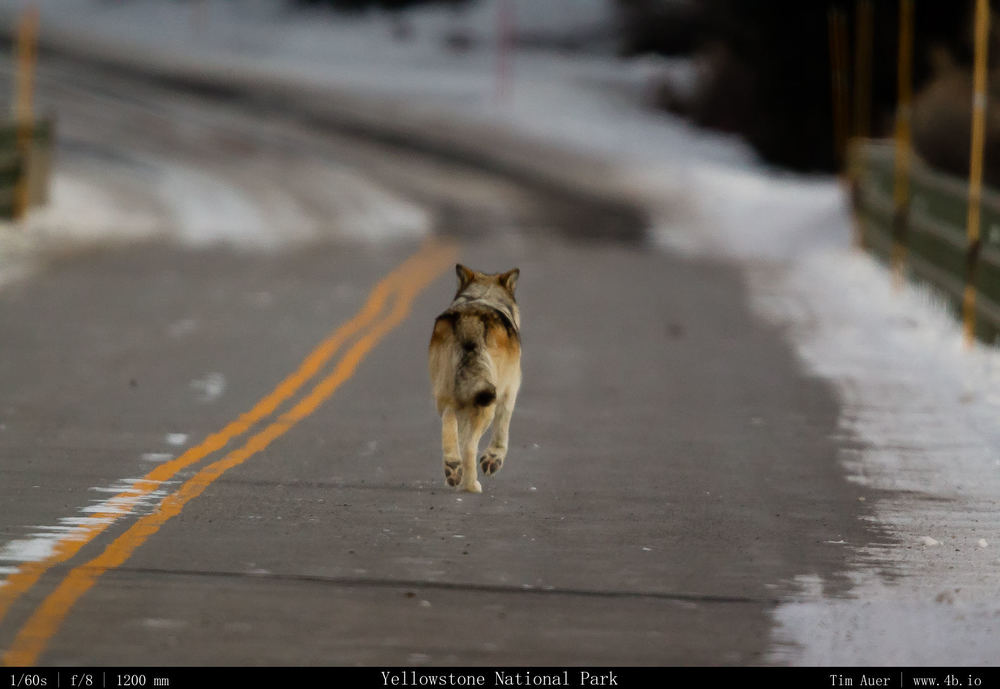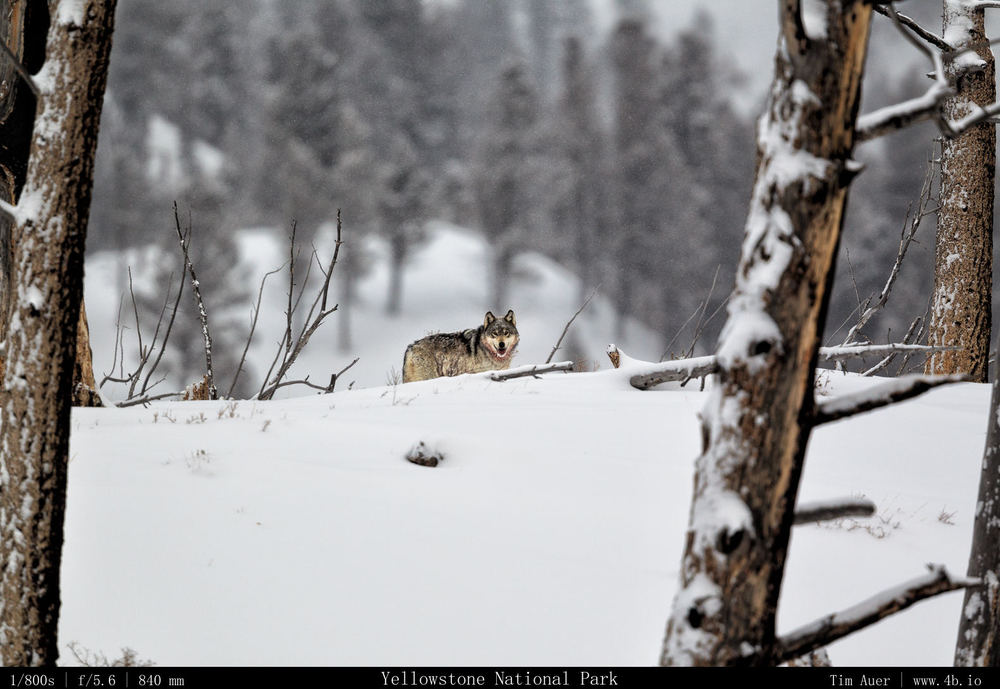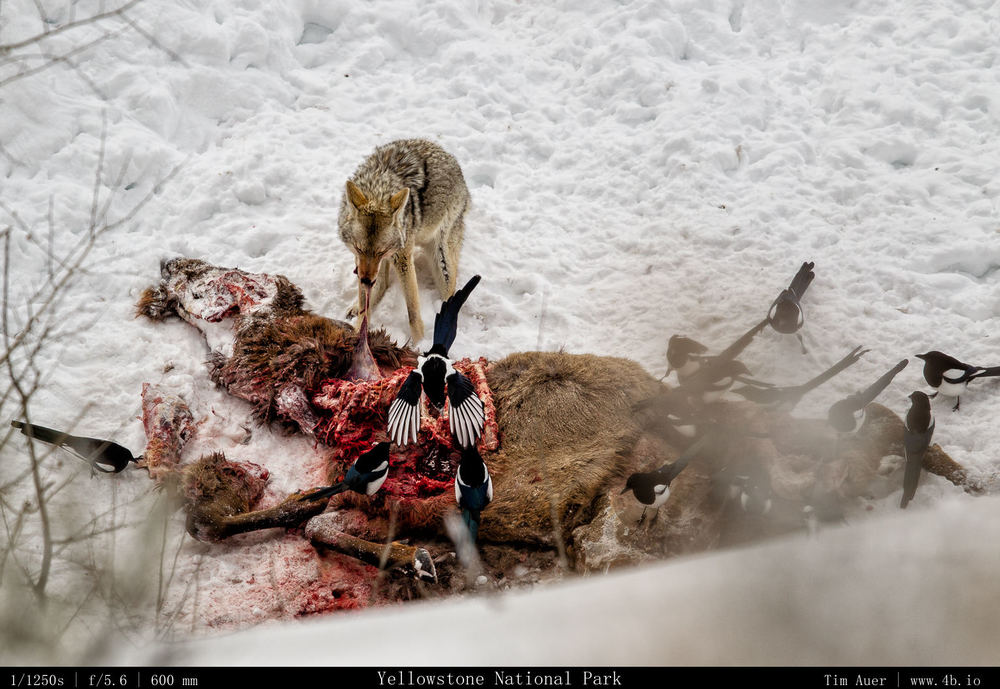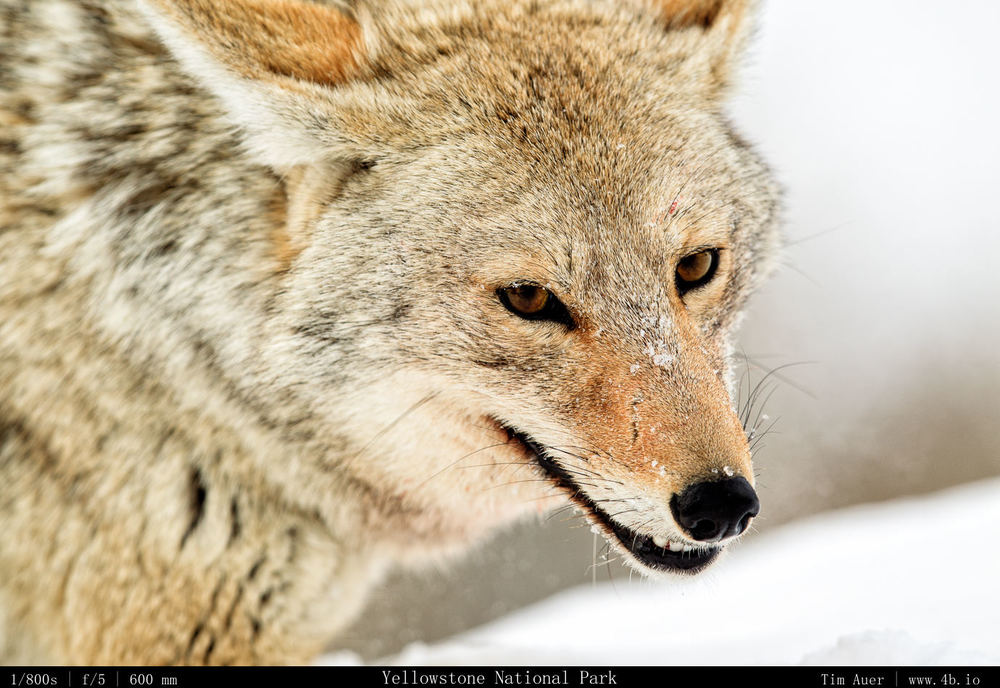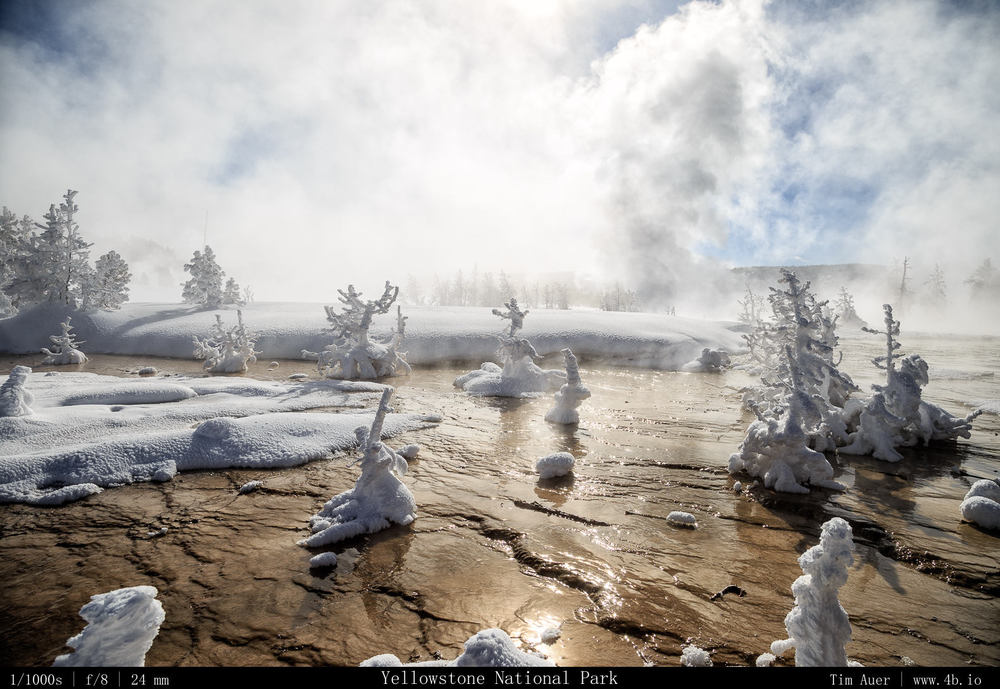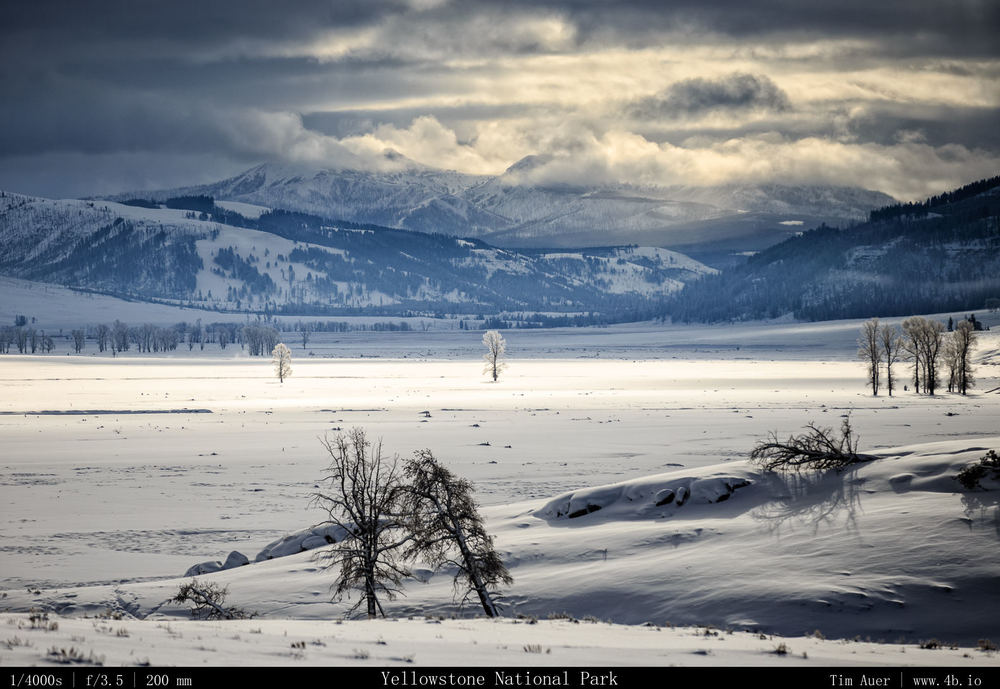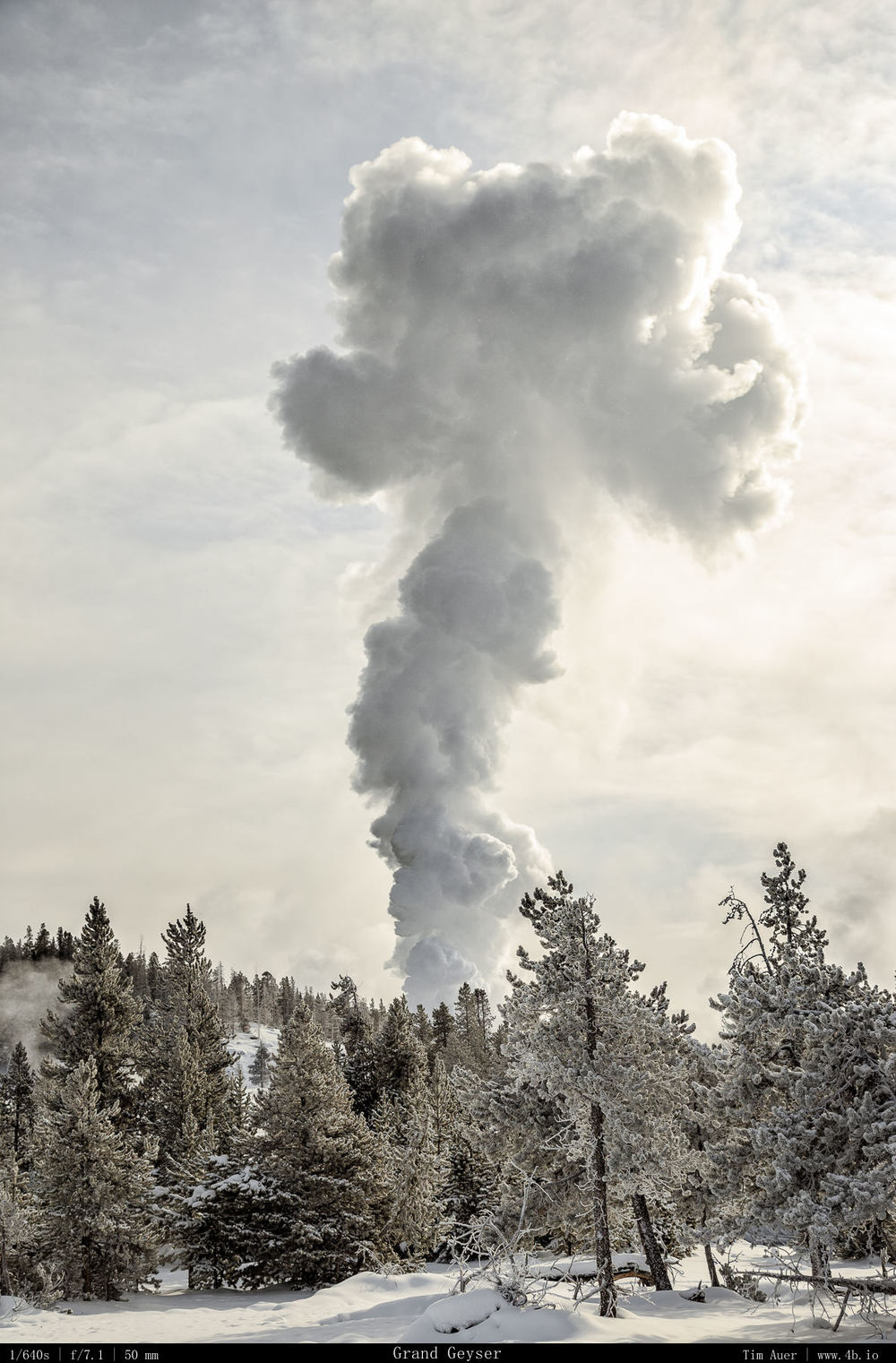The annual Perseid Meteor shower are set to peak in the coming days….but the shame is that the full moon will likely wash out all but the most brilliant Perseid meteors this year. So instead going deep for meteors this year, I am staying local and concentrating on using some new techniques for an interesting supermoon Yosemite landscape.
The goal is to capture this supermoon rising to the right side of Half Dome, hopefully using a panning/stitch technique and a big 300mm F/2.8 lens or the 70-200 F/2.8. The panning method is a bit more complex, as it requires several carefully aligned images to make the full composition.
There are a lot of considerations here.
First is the focal length. I will likely have a few set-ups going to make sure I can capture what I want.

Ideally, I would be at a position that is far enough away to let me use my 600mm without having too much atmospheric haze to muddy the image. That is what I would prefer. But this won’t be possible, as there is no terrestrial position within the boundaries of Yosemite National Park that I am aware, which provides such leverage. In fact, the spot that I am considering will be tight with a 300mm.
But I am insisting on using a big lens in this composition. Everything depends on using the moon on horizon illusion to make the sphere look as big as possible. This means, I need as much focal length as I can manage.

Ok, so the focal length is largely dependent on the position I am shooting. Given the trajectory of the moon, the Columbia Rock is a decent balance of distance and proximity. North Dome has a more direct shot to Half Dome, but is much to close to Half Dome’s face, besides the composition from Columbia Rock includes more of the Valley, it is a more interesting composition, in my opinion.
From Columbia Point, the moon should rise on the south western side of Half Dome, between Mt. Broderick and the Liberty Cap and slightly to the EAST of Mt. Clark in the distance.

Roughly speaking, the image I hope to capture will look a bit like the images below*


*artistic rendition of the moon
The perspective of my desired image will be different from the ones depicted above, in fact if everything goes as planned, it should be more dramatic. Given the compression of the foreground and background that a 300mm offers.
Other considerations include establishing the nodal parallax point on my lens, so I can precisely rotate my body+lens and minimize the distortion. That will take some time, and be a good reason to set up early….
I searched through my image library for my countless “scouting” snapshots, that I have taken in Yosemite over the years. Being able to use this information in the future, is the only reason I snap so many photos at times. I am able to use them for scouting future photo projects, without having to drive back to Yosemite. Makes life a bit easier.
Attached are other photos in Yosemite using the 300mm, to show the perspective. All of these were shot with a Canon 1D4 which is a APS-H 1.3 crop sensor. For my set-up this weekend, I will have a bit more breathing room in terms of composition as I will be shooting on full frame bodies (1DX and 6D). But I will put the 14mm F/2.8 on the 1D4 to have that ready for the Perseids….The photos at 300mm basically show two things:
– The angle of view for a single frame using a 300mm lens from Columbia Rock.
OR
– The size of the moon when using a 300mm, 600mm lens, uncropped.









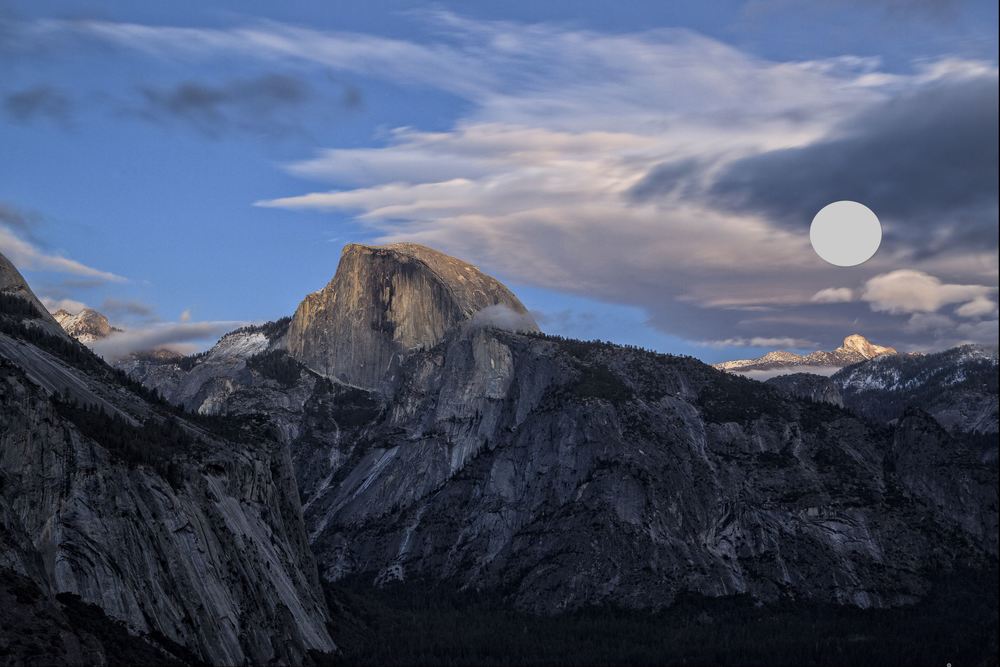

The composition will consist of as many vertical oriented images needed to capture the moon and half dome. By doing this, I maintain this perspective of getting a huge moon, the compression of a telephoto and perspective of a wider angle.
This leads to the next subject….attempts to salvage the Perseids from the supermoon! The plan for that will be to keep the moon at my back, and to use it for illuminating the foreground. About the only piece of good news is that the moon follows a southerly path across the sky, and the Perseids radiate from Perseus with is almost directly due north.


Scouting the Yosemite web cameras to check the conditions there. There might be some concern on that front too. The webcam tonight has shown some haze and clouds in the afternoons, and not the interesting kind of summer storm clouds. It almost looks like haze or smoke from a fire, but the fire report doesn’t appear to indicate this.
Lastly, it is going to be rough to carry all the gear I will need for this shoot. If I do decide to pull an all night and stay up near Columbia point for the Perseids, it won’t be the best vantage point, as the valley below has significant light pollution and the northerly exposure to Perseus is blocked by the Valley wall. Another consideration is to hike back down after moonrise, and rush to Glacier Point and shoot up Tenaya Canyon. There will likely be a significant amount of people there, so another idea is to hike down 4-Mile Trail a bit to get a more quiet shooting location. The full moon and white Yosemite granite make night hiking less of a problem here than most places in the world….
http://www.nps.gov/yose/blogs/Yosemite-Fire-Update-for-August-6-2014-at-8am.htm












